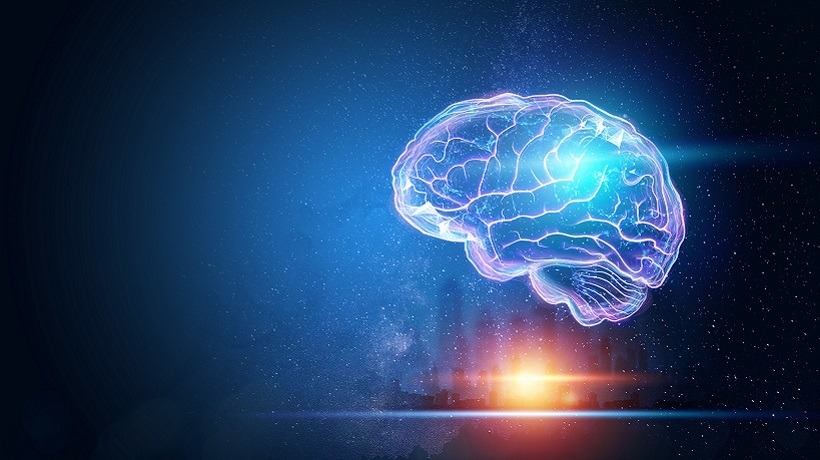Common eLearning Challenges To Be Aware Of
Online learning has already been experiencing rapid growth during the last few years. The COVID-19 pandemic, however, made distance learning the only option available for educators and students. As a result, eLearning started to get even more attention. New eLearning webinars and courses appear all the time. You can also find more and more tutorials on YouTube. While people have lost many opportunities to get the necessary education and training in a traditional way, thanks to eLearning, education has become more accessible than ever.
Perhaps, accessibility is the main advantage of online education. When students are not tied to a particular place and moment, education becomes more flexible so students can adjust the pace of their studies. Education can also become more effective because students can revisit the necessary materials to better memorize information. As eLearning becomes more and more common, we might learn about other effects of this approach and discover new benefits.
For example, when used along with gamification, eLearning can make the learning process much more engaging. To create effective course content, educators need to understand the process, with all its key concepts and skills involved. They should also understand the limitations of eLearning and its possible downsides. Some features of students’ perception and psychology may also have an impact on the effectiveness of the school’s eLearning program.
eLearning has introduced some challenges and it certainly has its weak sides. It doesn’t mean, however, that educators shouldn’t focus their effort on eLearning. To make sure that all the effort will bring the best results, educators just should take into account the differences between traditional education and eLearning so that they can plan the learning process in detail. Here are the 6 most common eLearning challenges you should be aware of.
6 eLearning Challenges
1. Adjustment
First of all, switching to online learning itself can be difficult. Many people are used to studying in a classroom, co-working space, or library. Online learning is accessible from everywhere, it doesn’t require any specific physical space, but many students might need to get used to it.
One of the main aspects that influence the transition to online learning is communication. The traditional model of education enables students and teachers to interact freely. Educators should do their best to ensure the same effectiveness of communication when it comes to eLearning as well. Of course, real-time communication may be impossible when students take classes at a different time. However, it’s important to make sure that they can always get answers to any of their questions.
2. Visual Learning
Many people are visual learners, and traditional education isn’t quite optimized for the needs of such students. The reason is that most types of media were designed for textual content. eLearning, however, can change the situation dramatically, with visual materials becoming the main type of educational content.
The reason why eLearning puts focus on visual content is that educators want to improve knowledge retention, and using visuals turns out to be the best approach. According to research, people only retain about 10% of the information presented verbally. When they see an image, however, they can remember up to 65% of the material. Such a phenomenon is called the pictorial superiority effect.
Most educators who work on their eLearning programs are aware of this effect, and they can use it to their advantage everywhere. For instance, they can simply replace text on slides with images. Some educators might find it challenging to adapt to a completely new approach, but the truth is that it’s more effective and it can improve the audience’s learning abilities.
3. Lack Of Clarity
The internet contains lots of information on any topic. eLearning enables students to explore different areas of knowledge, having access to all kinds of sources. The abundance of information, however, also has its negative side. According to research, eLearning can cause a negative effect which is often called “lost on the internet.” When having too much information available, students can lose direction and get disoriented by lots of irrelevant information.
The main reason why students may deal with this problem is not the abundance of information itself but the lack of clarity when it comes to instructions. Without real-time interaction with the instructor, students may not be sure about what is expected of them, and what exactly their task is. Therefore, it’s important to provide students with clear instructions and to make them as detailed as possible.
4. Lack Of Motivation
One of the challenges associated with eLearning is a lack of motivation. Students’ motivation directly depends on how engaging their online courses are. If a course is boring, they will likely feel not motivated enough. When in class, students can get additional motivation from their peers and teachers, but this is impossible when studying online.
On the one hand, eLearning is a great solution for well-motivated students who can adjust the pace of their studies and learn more material at the same time. On the other hand, students that are used to getting additional motivation in class may feel isolated. The solution to this problem, as well as many other problems associated with eLearning, is ensuring effective communication. We also recommend that educators put more effort into recognition so that students can see that their efforts don’t remain unnoticed by teachers.
5. Decreased Knowledge Retention
Most eLearning courses are designed in a condensed way: big chunks of information are separated into digestible portions that can be learned within short periods of time. Educators may find out that their efforts don’t bring the desired results if they fail to incorporate microlearning into their online courses. Microlearning is very effective because it enables students to memorize bite-sized chunks of information, making their studies focused and efficient.
At the same time, students should be able to evaluate their knowledge and to determine the gaps in it. Therefore, we recommend that educators also give more online assessments. Usually, online courses include an online test at the end of the training. However, educators can also include additional tests at the end of each module or topic.
6. Weakened Logical And Intellectual Abilities
Many modern students are used to technology doing a lot of work for them. Various apps and online tools help students collect information and perform problem-solving tasks. For instance, modern students don’t need to analyze the context to understand the meaning of an unfamiliar word. "eLearning can make students lose their ability to reflect on a problem and to think abstractly," adds Adam Simon, educator and chief editor at LegitWritingServices. "They may rely heavily on a linear presentation of information, without organizing their knowledge on their own."
This issue can be addressed by using quizzes. Quizzes stimulate abstract thinking and encourage the brain to think hard, especially when a certain task should be completed within a limited time. Quizzes can work not only as tools for testing the knowledge but also as learning tools. For example, educators can present some processes or concepts in a form of drag-and-drop exercises that are not graded.
Bottom Line
eLearning isn’t going anywhere, and the coronavirus pandemic made it the only approach available for educators. Of course, it’s quite different from traditional education methods. We hope that our tips will help you address the most common challenges of online learning.









